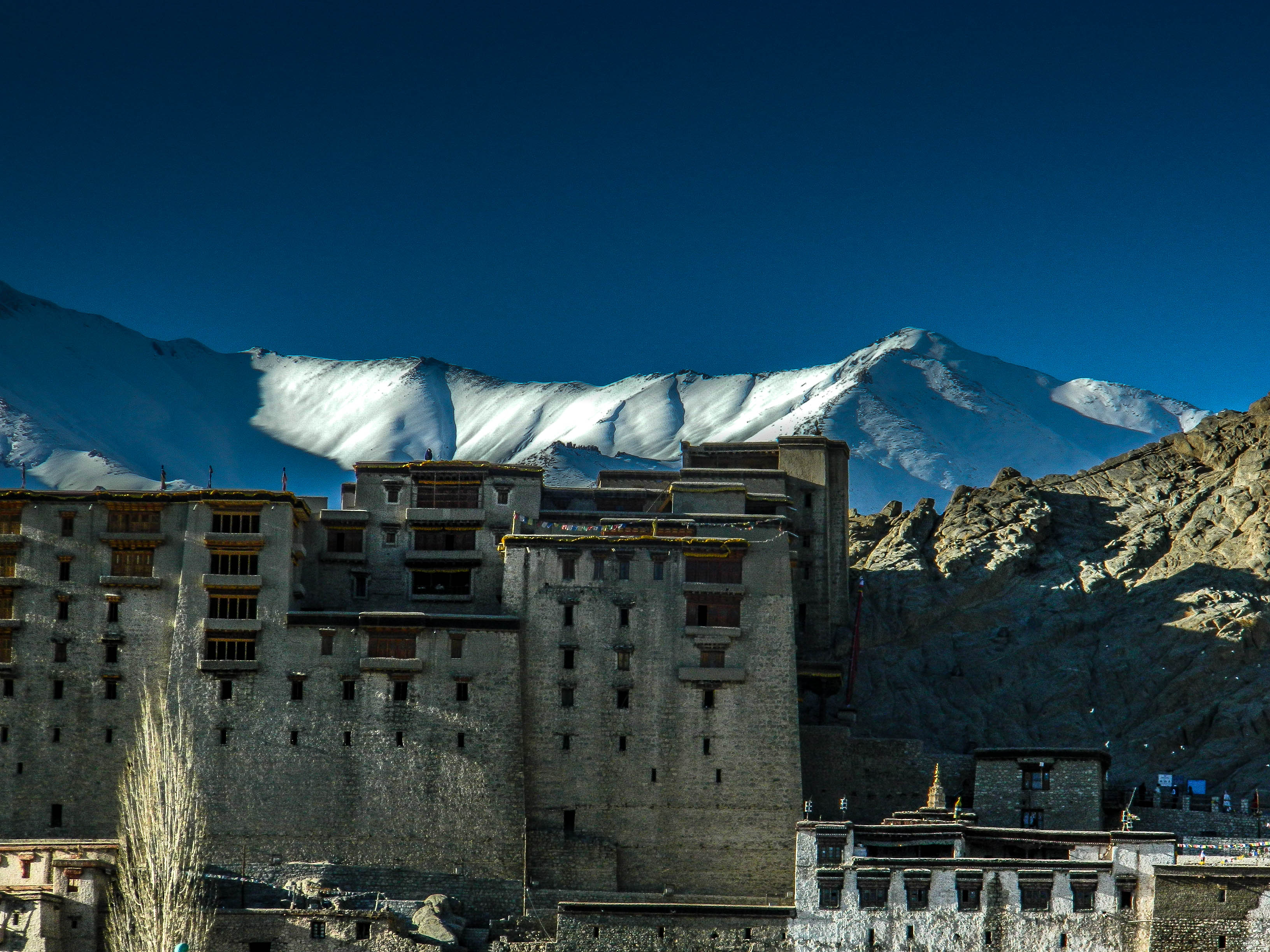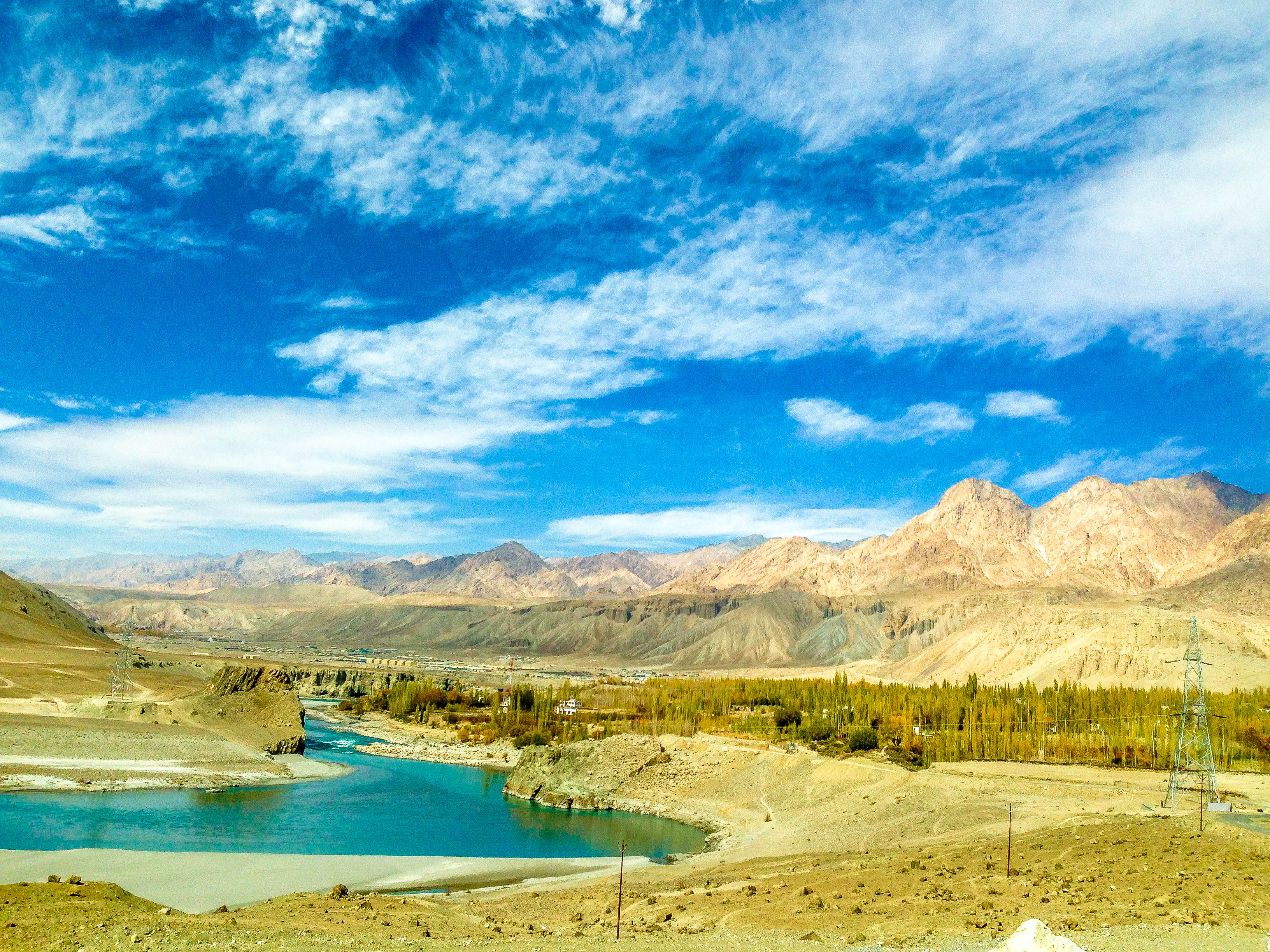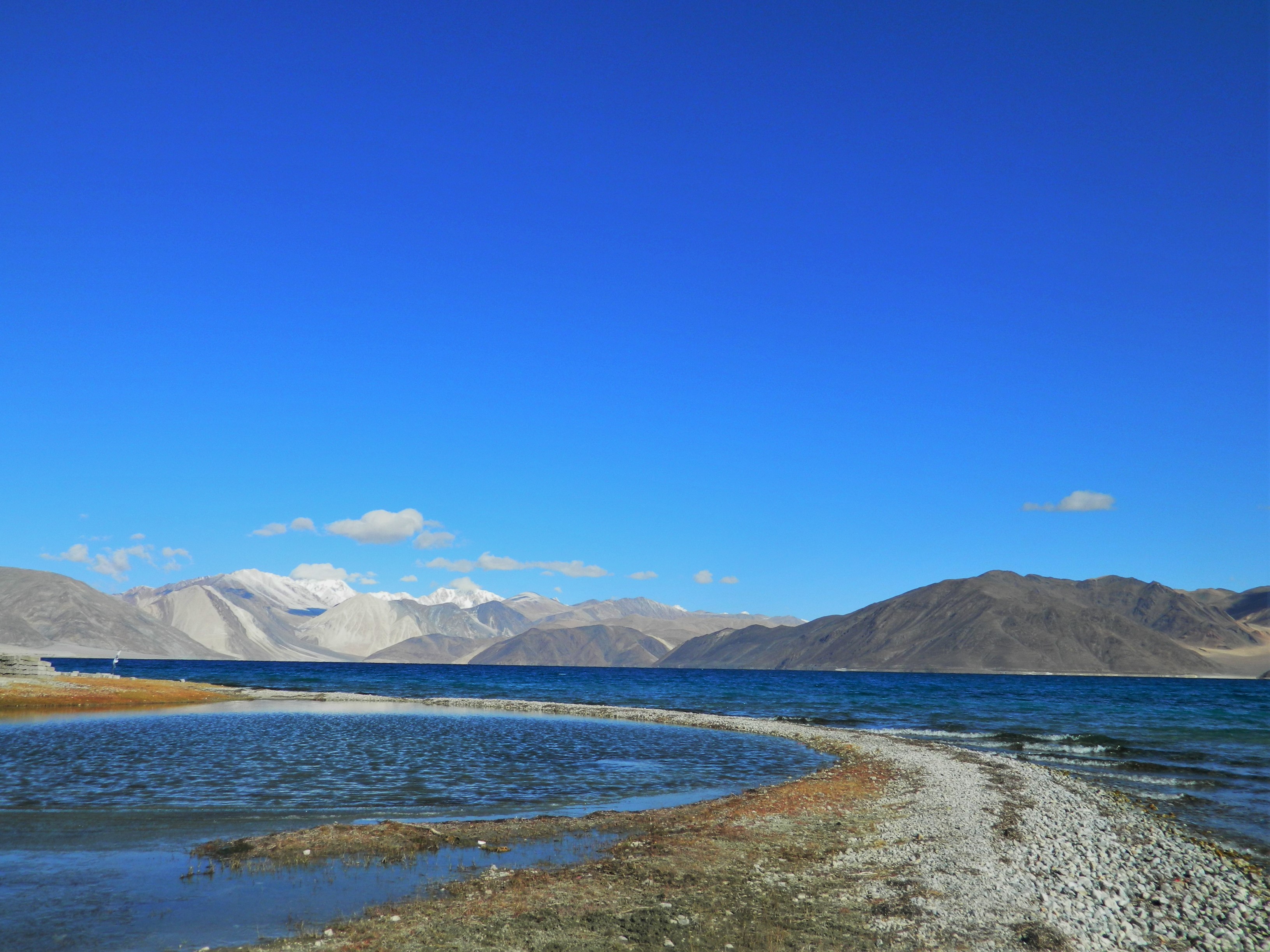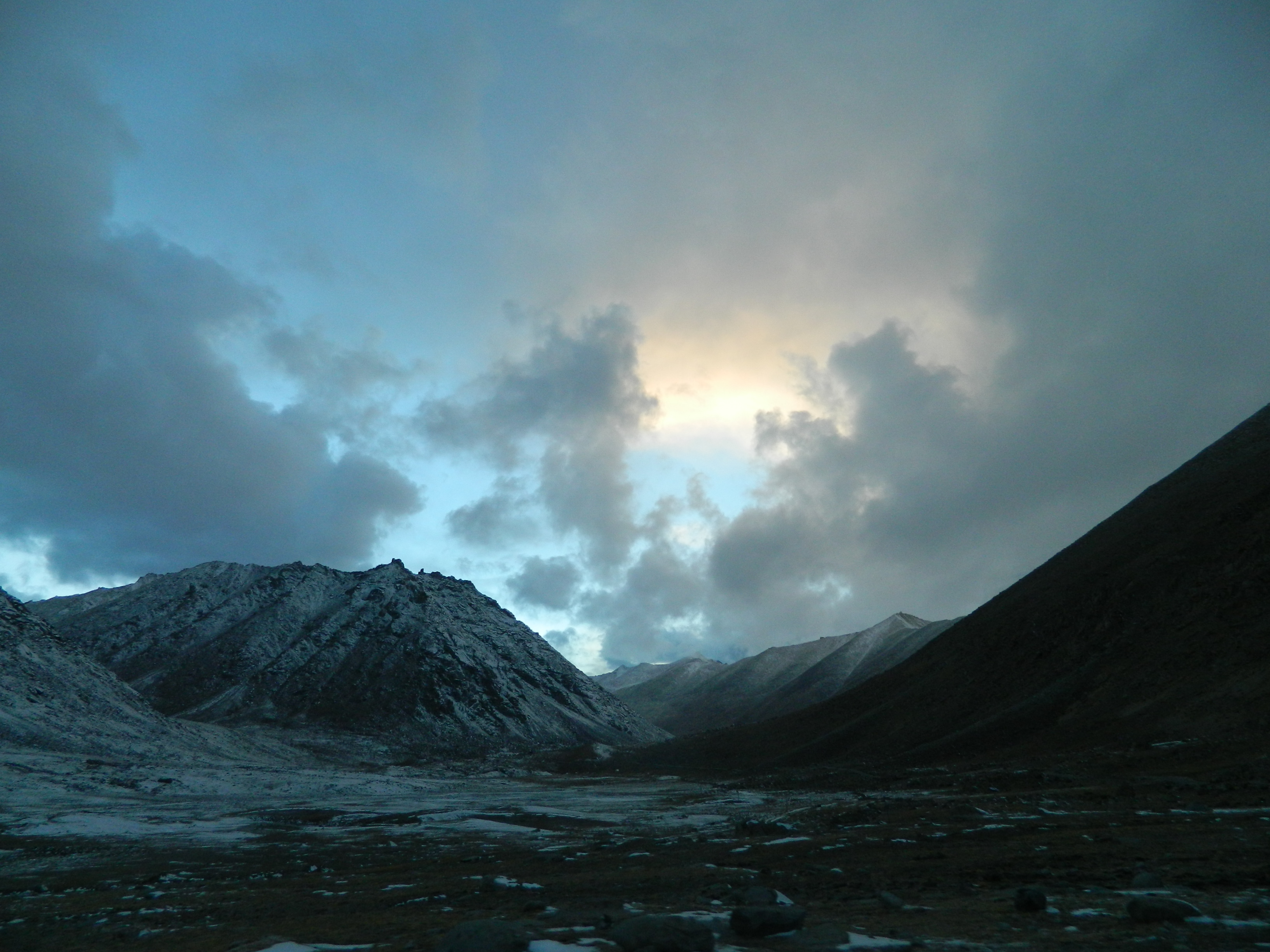
The former royal palace of Leh, built in the 17th century is a prominent landmark currently being restored by the Archaeological Survey of India. Housing a museum with rustic relics of ornaments, ceremonial dresses and crowns, the dun-hued structure stands tall and dominant, overlooking Leh. The architecture is an ancient adaption of the Potala Palace in Lhasa, Tibet.

The village of Alchi, home to the Nimoo Bazgo Power Project built on the Indus and inaugurated in 2014, it has been a huge hydro success since.
This unassuming village makes it to the top 3 for the numerous secrets it stores. An 11th century monastery and the only in Ladakh built on flat ground with well-preserved murals, frescoes and wall paintings that retain a Buddhist, Kashmiri and Persian influence in their art, depicting stories of the most ancient of times. Autumn is the best time to visit and stay in one of the quiet home stays. Walks along the Indus, undisturbed time with the raw, rugged beauty and heartwarming locals that make for brilliant hosts are a few of the many things the village offers.
Visit the Alchi Kitchen while you’re there, an artful, cosy little place run by a local woman and try some of the exotic, exciting food. The tea, specifically the ginger-apricot concoction is a personal favourite!

The bright and bizarre blue of the Pangong Tso is a difficult sight to forget. Sparkling sunlight reflecting like diamonds dawdling on the azure surface glisten with a crown of daunting and velvety barren mountains placed on the periphery. Shared by India and China, the last villages that fall on the Indian side of the border are Merak then Chushul, followed by an Indian Army post, Thakung. Had history followed a different course, a striking drive along the shore and through mountain passes would have lead the way to China.

The tricks of a cold desert like Ladakh are latent beneath its striking, undeniable beauty, where you will find a steady decrease in snow cover, among other drastic climatic changes. The Himalayan glaciers, are the primary source of water and have been receding rapidly with projections placing their complete disappearance in the year 2035… While several organisations are attempting to combat the challenges in the region, coping with climate change is a job left mostly to the locals.
A seemingly small 2 degree change in climate can impact a thousand lives – The greying landscape of Ladakh has seen floods, receding glaciers melting early each year, a shift in rainfall adversely impacting agriculture patterns and endangering the livelihood of farmers. The projections are staggering, the locals, alarmed. A dire need for micro-level scientific reassessment in the region & effective implementation of measures to combat climate change is becoming more evident each day
Travelling to Ladakh this summer? Remember that you are visiting a cold-desert that is being drastically impacted by the effects of climate change. Ensure #responsibletravel by taking a few simple measures like saving water, using ecological ways to get around whenever possible (there are bicycles available that you can hire), be sure not to litter, use solar energy wherever/whenever possible (there is plenty of it in Ladakh!), be sure not to purchase the overpriced pashminas in the main market instead head to Ladakh’s Women Alliance, where you will find that women are being empowered and handcrafting traditional Ladhaki items simultaneously.


2 Responses
That place is not Alchi ..it’s Nimoo. Rest of content is really good
It is Alchi, the dam is named after Nimmoo but is not located in Nimmoo but in Alchi.
Information shared is good but has a few grammatical errors.